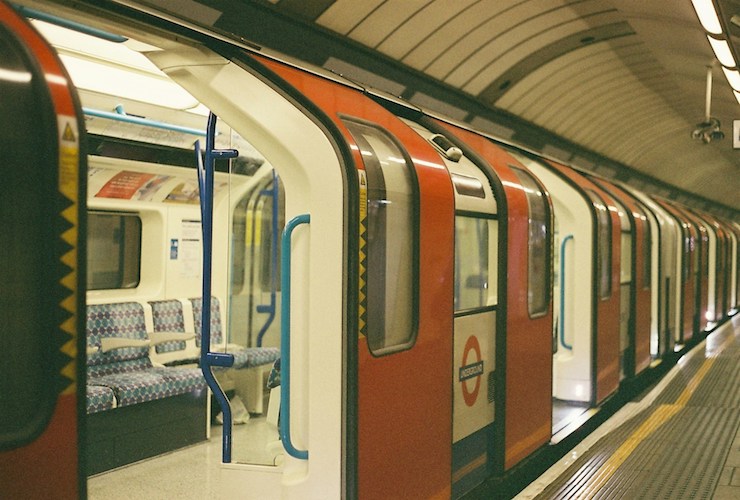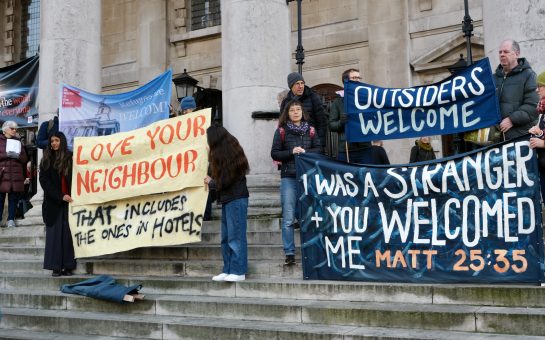The Victoria Line stubbornly remains the hottest underground line, according to new TfL data, resisting the numerous cooling efforts enacted by TfL and presenting little potential for change.
Dubbed after Queen Victoria, the Underground line recorded an average temperature of 28 degrees Celsius in 2024, the same average as 2023, closely followed by the Central Line with 26.8.
Temperatures hiked as high as 31.1 degrees in August 2024 – the hottest month of the year – superseding August in 2023, and within the last two years, temperatures never dropped below 25 degrees Celsius – even within the winter months.
Underground commuters have had to bear temperatures beyond the legally-advised temperature to transport cattle, which stands at 30 degrees, as outlined by UK government guidelines.
Millions are being invested into cooling technologies to make the Underground more bearable for commuters by TfL: at present, 40% of the Underground network is equipped with air-conditioning, and tunnel ventilation systems have been installed for both the Victoria and Jubilee lines.
TfL’s Director of Customer Operations Nick Dent said that the organisation is working diligently to strengthen its transport services in light of increasingly extreme and frequent hot weather.
He added: “We’re constantly looking at how these innovative solutions could be rolled more widely on the transport network to ensure more passengers experience cool and comfortable journeys in the summer.”
However, while climate change insists on being a general concern for most underground train lines, the Victoria and Central lines pose a more unique challenge to TfL engineers.
Since 2013, the Victoria line temperatures have steadily increased at a faster pace than any other line, finally surpassing the Central line in 2019, and the Bakerloo line in 2021.
The average temperatures on the Victoria line have risen by almost seven degrees since 2013 – nearly a 30% increase.
Conversely, the increase in the average annual temperatures across all Underground lines from 2013 to 2024 was merely seven percent, placing Victoria’s temperature rise vastly above that.
The Victoria line has remained predominantly unaffected by TfL’s engineering efforts to cool down the temperatures – including tunnel ventilation installations, chiller systems pumping chilled air into mid-tunnel shafts and regenerative braking to reduce heat generated by trains breaking.
TfL Senior Press Officer Chris Clements acknowledged the distinctive challenge that the Victoria and Central line tunnels present.
He said: “With the Victoria and Central lines, they are some of the deepest Tube lines on the network, going through thick London clay.
“This clay acts as a heat insulator, meaning these lines get hotter than other tube lines.
“The depth of these lines also makes the ventilation of heat – usually through vents at surface level – more challenging.”
Historically, the Underground infrastructure offered a respite from warm weather, indicated in Austin Cooper’s ‘It is cooler below’ poster, issued in 1924 by the Underground group to promote a more comfortable experience of travel during warm weather.
At present, the Victoria line is one of two train lines running entirely underground, and with vast temperature differences to the past – including sweltering heat waves – this quality is more likely to be considered as a liability than a convenience.
As a result of the line being completely submerged underground, Clements said the effect of cooler air cannot be drawn into the tunnels from the surface.
The Senior Press Officer added that with many stations in close succession, the Victoria and Central lines experience frequent acceleration and braking, contributing to heat buildup within the tunnels.
However, unlike the Victoria line trains, the Central Line Improvement Programme (CLIP) offers a future of completely refurbished trains to be completed by 2029 – backed by a £500 million investment.
With summer approaching and London already experiencing a May heatwave, the new data suggests that high temperatures may once again be the norm on the Underground this year.
The Victoria Line average temperature in August last year was 60% higher in temperature than the average external temperature that month, measured at 19.5 degrees.
The average temperature of all underground lines that month was around 27 degrees, almost 44% more than the average external temperature.
However, the summer seasons are not the only months affected by hot temperatures.
The data shows that the average temperatures of the Victoria line in the first quarter of 2024 – January, February and March – are the highest they’ve ever been since 2013, reaching a disproportionate average temperature of 26 degrees.
The same applies for the average temperatures in the second quarter of 2024 – April, May and June – hiking to around 28 degrees.
Evidently, the Victoria line is not the only line to be affected by steep temperatures in typically cooler months.
Annie Mcclure from North London fainted from heat exhaustion as a result of high temperatures in a densely packed Northern line in February 2024.
The 31-year-old said: “I got on at Tottenham Court Road, and the train was packed.
“Luckily I had a seat, but I could feel myself overheating so I took my coat off two stops before I was getting off.
“As I got up for my stop, I could feel myself going, and I just fainted.”
Mcclure said she had no underlying health issues, and that her fainting was purely a result from the heat on the tube.
She added: “It was crazy because before I got onto the train, I went for lunch and I was hydrated.”
The average temperature for February of that year was nine degrees, while the Northern line average for that same month was 23.
As TfL’s engineering interventions have shown limited success, passengers susceptible to high temperatures might be better served by opting for cooler Underground routes this summer.
The air-conditioned sub-surface lines* collectively held the lowest average temperature of 2024, at 19 degrees, followed by the Waterloo and City line at 20 and finally the Jubilee at 22.
In August, the hottest month of that year, the sub-surface lines reached their highest temperature of 25.7 degrees celsius, which conversely, was the lowest temperature the Victoria line stooped down to in the cooler month of January.
*Sub-surface lines are the Circle, Hammersmith & City, District and Metropolitan lines.
Feature image credit: Maria Molinero, Unsplash





